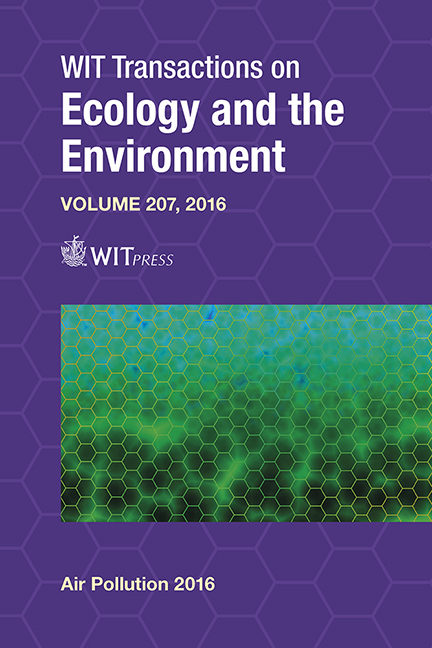PM10 Emissions Due To Storage In Coal Piles In A Mining Industrial Area
Price
Free (open access)
Transaction
Volume
207
Pages
11
Page Range
87 - 97
Published
2016
Size
905 kb
Paper DOI
10.2495/AIR160091
Copyright
WIT Press
Author(s)
R. Rojano, H. Arregocés, L. Angulo, G. Restrepo
Abstract
Fugitive material has been identified as the main source of air pollution, especially total suspended particulate (TSP) and particulate matter less than 10 micrometers (PM10) in open pit mining. The aim of this research was to estimate the concentration of PM10 and measure the impact of coal piles on nearby populations. The sources under consideration are three different areas for coal storing. All three areas are distributed along the mine with 14 piles with a total capacity of 3.2 Mton. Emissions were estimated and the contribution of PM10 for the activities of loading, unloading, hauling coal, tractor operations and wind disturbances on the surface of the coal piles using the emission factors suggested by EPA. The contribution to environmental receptors was determined with the dispersion model CALPUFF. Although higher emissions occur in solar hours, characterised by high values of wind speed and higher insolation, the greater receptivity PM10 measurements stations occur during the night hours by decreasing the mixing height. The model show that the activities involved in coal storage can provide 14.5% of daily environmental concentrations in receptors located 16.2 km downwind of the source, which showed that CALPUFF can be used for complex terrain and short distance from the source of emission.
Keywords
CALPUFF, PM10, piles, coal, emissions, open pit





